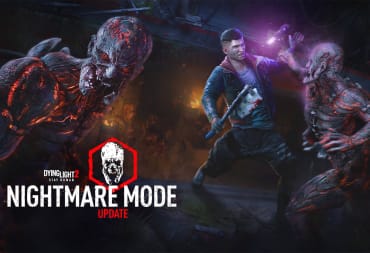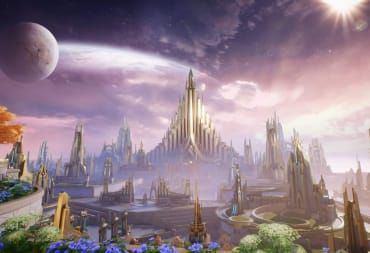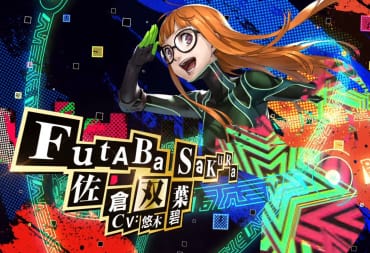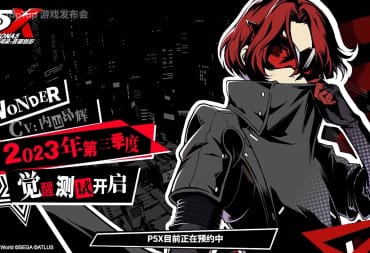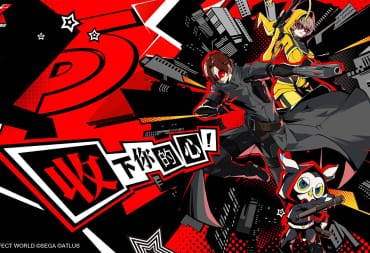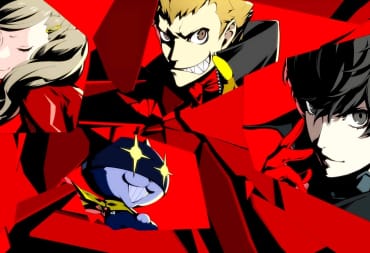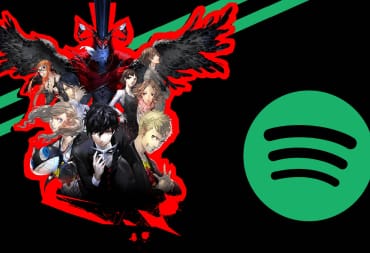Persona 5’s story starts with a clear and loud statement: this is not Persona 4. The story shows police officers you can’t trust, people betraying you, and more make that as loud and clear as the choice of the game’s thematic color of red - a dangerous and sharp color compared to Persona 4's light-hearted theme color of yellow. But not being Persona 4 does raise a different question – what is Persona 5?
Persona 5’s events and social activities are more structured around the story taking place than the past two Persona games. Both of those had numerous social links with no connection to the main story and were more slice of life events the player stumbled into. Persona 5 backs a bit away from the school life and replaces social links with a similar confidants system that ties much more into the main plot as the game is more centered around that than all the slice of life bits (although that is still there).
Generally speaking, this works with the tone and feel of the game. Unlike the Persona 3 and Persona 4 protagonists, Persona 5's protagonist Joker is less invested in the school as a character and more looking for people to help or learn from. There are a few cases where the stories are shoehorned in a bit, tugging at the strings of the narrative framework, but it works very well overall. It helps keep a closer tie to the main themes and story of the game even when doing many side activities.
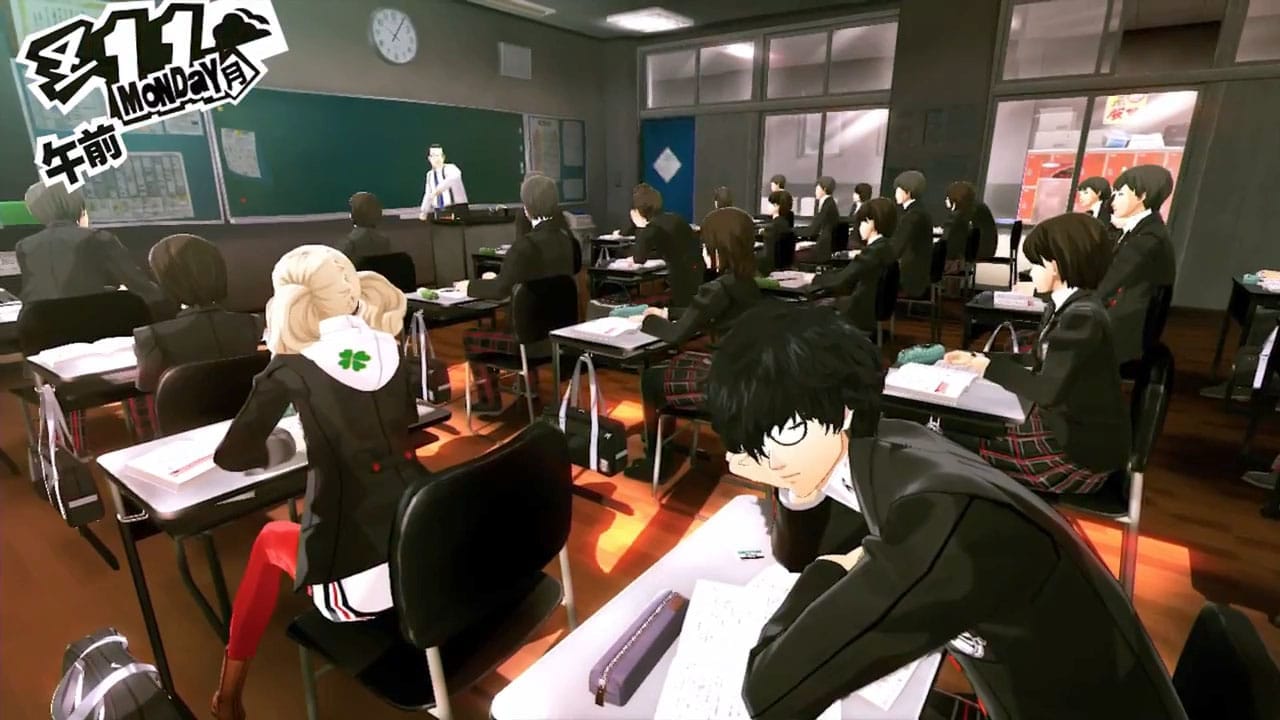
The other way Persona 5’s story helps to keep you on track some is the use of a framing device for most of the game. Established in the opening hour, this framing device largely serves as a touchstone for things and a reminder of the troubles yet to come. It manages to help give the game a sort of somber overtone even in happy moments remembering where it will all end up with the occasional reminder.
There is a generous use of foreshadowing throughout the story. While for spoiler reasons we won’t go into how the foreshadowing worked throughout the game here, some twists are easier to guess for those who are paying attention, albeit the obvious twists sometimes help conceal other twists that are upcoming. Generally speaking, Persona 5 tries to play its mysteries fair by providing you the same information as your character has to figure out the mysteries on your own. There is one situation where it does cheat this, but the game tries to signpost this some by providing other clues. In some cases, Persona 5 may overplay its hand, making the mysteries seem obvious – especially if you pay attention to box art or different stuff, which is a bit of a weakness.
Let me be clear though on the tone of this story – it is dark. The game is addressing a lot of societal issues and in particular, abuse of power comes up and the many, many forms that can take. While the story is aimed more at the more conformist Japanese society, many of its messages will echo to people in the West, albeit perhaps lacking some of the bite that is there for its original audience. There is a bit of feeling at times that Persona 5 sometimes is going out of its way to rub your nose in the dirt, but generally, it manages to pull it off well. In the end though, if you dig under the dirt enough, there are also sparkles of optimism that emerge. The story isn’t magnificent or groundbreaking but it works well and is full of some pretty smart looks at the world.
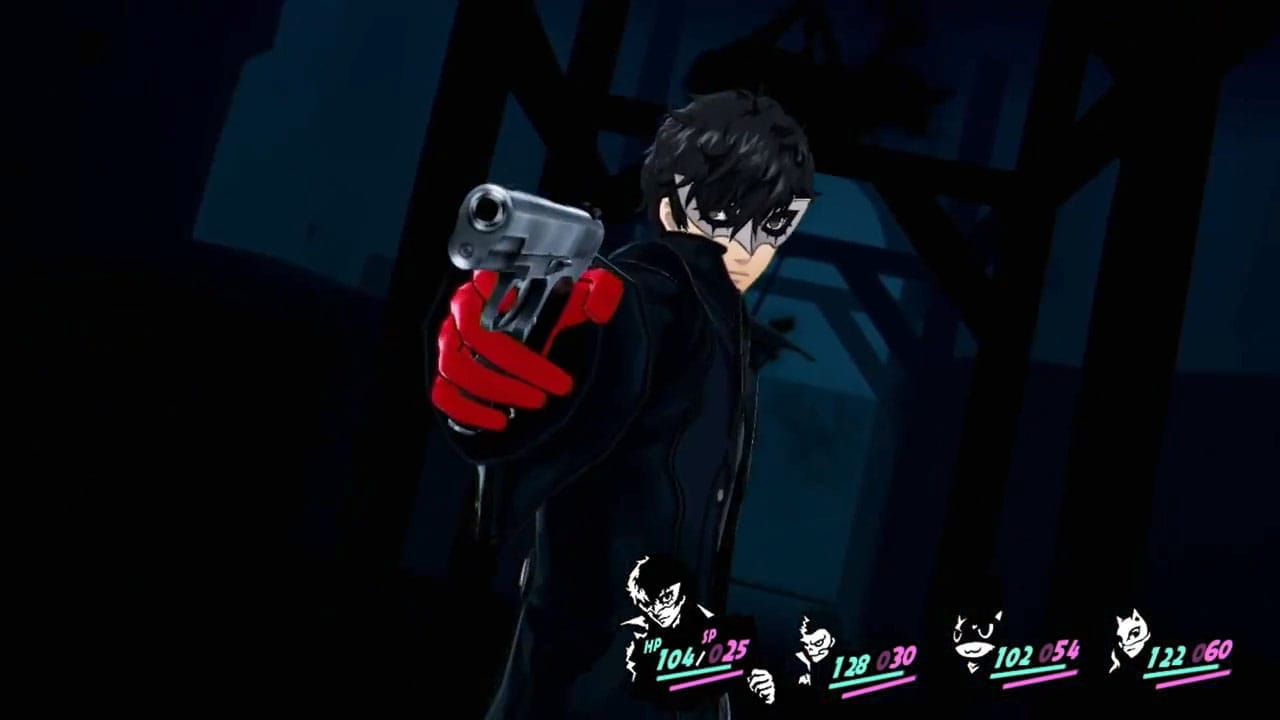
Part of why Persona 5's story works is that it is supported by a pretty likable cast of characters. The main characters fit into their niches pretty well and some do a standout job as well. Morgana was a vast improvement on Teddie in the mascot character role – less of the stupid humor that Teddie tended to get in, more snark and just generally more usefulness and being someone you want to know. While you may roll your eyes at the game’s use of him to keep you cooped up at times by saying you should go to bed, his character is a strength to the game and a story of self-exploration. Of the others, Yosuke also did a good job standing out with a quirkiness that felt genuine and real, and the others mostly had good story beats. In one character’s case, the story gets a bit rushed due to joining the group late, but that is an exception.
There are two main flaws that standout regarding Persona 5's characters. The first is that the game has a tendency towards archetypes in some cases that result in characters who's sketch you might be able to take out of any of a dozen Shonen animes. While their personal stories help the characters grow and learn, this is where the bigger of the two flaws comes in and hurts. Persona 5's character development is almost entirely tied to the confidants system, meaning that you only see the character progression when doing those stories with the character. That means that while a character may grow and learn some lessons when dealing with them in the main plot, they are essentially a flat character, acting largely the same as when they came into the game. Past games in the series, especially Persona 3, have worked around this to integrate it better, and it is disappointing it isn't here.
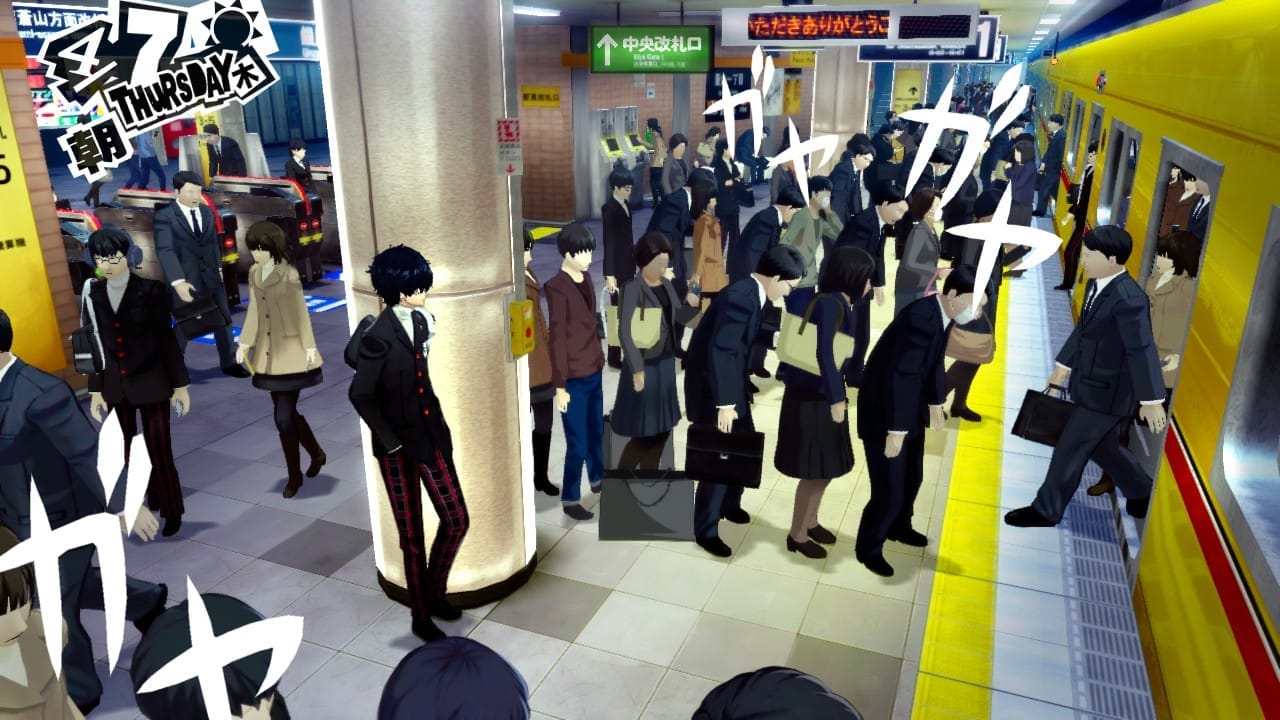
If Teddie got my ire for being stupid in Persona 4, then one of the characters I found most irritating at times in Persona 5 was Mishima with his unending focus on popularity. That is a side effect of the story they are trying to tell with him though, as it is a look at teenagers and their never-ending quest to fit in and be popular. This is worked in well to the story and plot, and instead of ignoring that the character may be grating, Persona 5 instead works that into the fabric of his story. His story also in a way contains a jab at players, asking whether they are playing to fill up the progress bar, or whether they actually care about what is going on.
With all the positives I’ve lavished on it, it must be said that Persona 5 does miss the landing on a few points. The ending misses on a few points that make it feel a bit unsatisfactory and almost on a couple of them makes it feel like they are planning for the inevitable Persona 5 expanded edition ala Persona 3 FES and Persona 4 Golden and giving themselves additional room to breathe. This, in fact, gets in the way of the natural ending points of at least one of the characters I feel, they wanted to avoid a situation where killing off a major character at the end limited them on future spinoffs and story expansion.
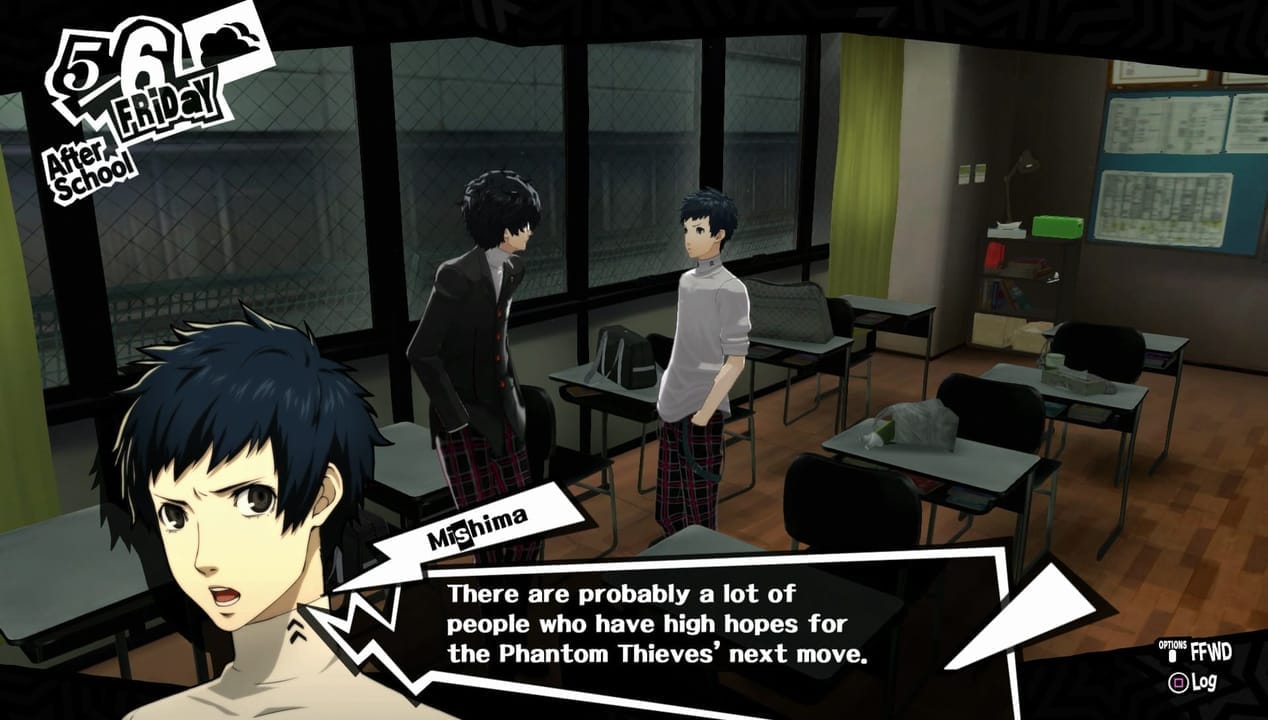
There are also some of the confidant stories that feel a bit weak, albeit that is more in comparison to the high quality in the series. There’s also, alas, that cheat I mentioned above regarding one of the mysteries of the plot where they broke their fair play rules, which created a problem with how they dealt with it. Choosing to go that route, I think influenced them into heavily foreshadowing one of several twists to the point that it was spotted early by many as was mentioned above. While it’s given justification in the story, it feels like there should have been a better way to get through this while being fair to the player.
To talk only about the story though would be to miss a good half or more of the Persona experience. Part of what Persona 5 does so well is merging gameplay systems and narrative much more fully than has been done in the previous entries. Confidant rank ups often unlock new abilities beyond just improving your fusing skills with the related arcana. This can include new ways to recover SP, new items at shops, new options in battles, and more throughout the game. This is a key part mechanically how they accomplish the tying of Confidants into the main events, as your mechanical skill set gets more diverse as you increase the rank with your confidants as you learn things from them that you were seeking.
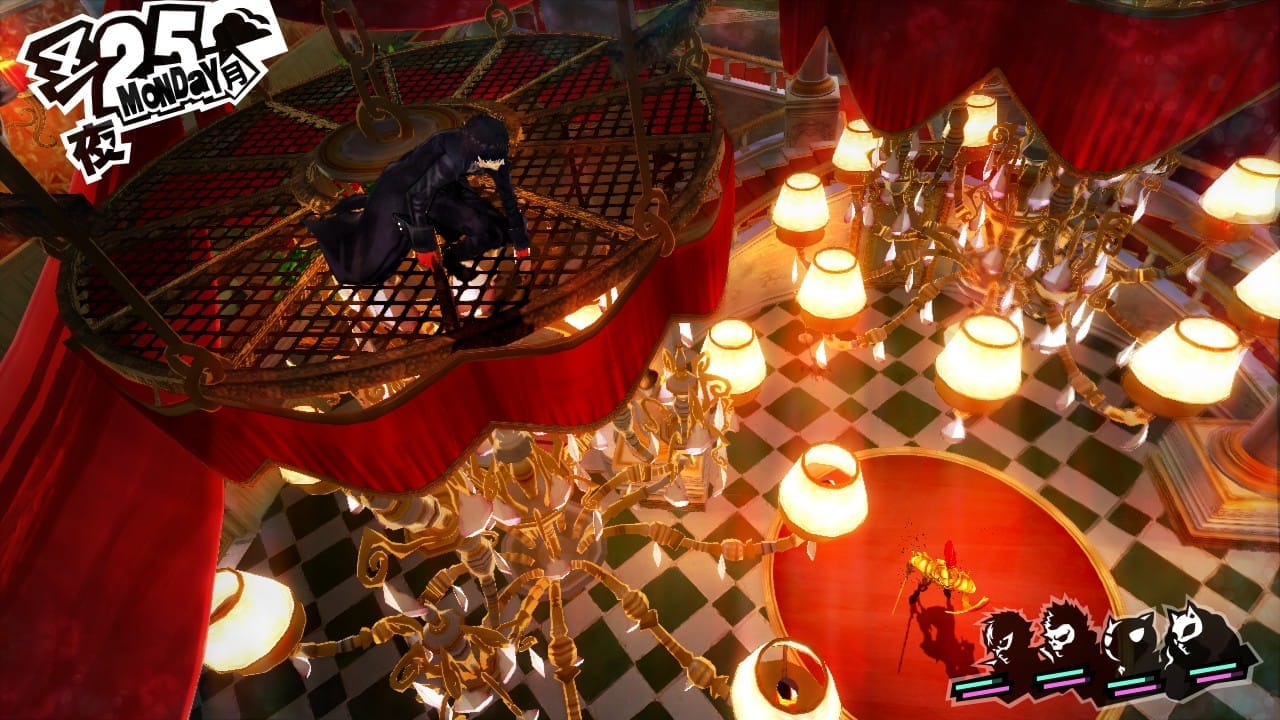
Persona 5’s mechanical set as a whole though is the most diverse the series has seen. At the simplest level, Persona 5 takes the base gameplay of Persona 4, melds it with parts of the mainline Shin Megami Tensei series (or first two Persona games), dashes in a stealth system, and tosses in some map design from Etrian Odyssey. It seems like it shouldn’t work, that there’s too much going on there, but because of the well thought out interplay, in general, it all does work quite well.
Persona 5 continues evolving the dungeons of the Persona series, taking the individually themed dungeons of Persona 4 and deciding that the procedurally generated layout wasn’t enough. Instead, each of these dungeons is handmade, with specific safe points where you can save and where you can return to later, being spread throughout. Dungeon crawls in Persona 5 aren’t about getting as high as you can or doing it all in one day, instead, they are about going from one safe point to another... and if you have enough resources left, going to explore for another. This creates a good amount of tension as you want to free up as many days as you can to go about all your other activities and the risk-reward play here works very well.
Of course, with intricately designed levels, the developers were able to also put in more puzzle type elements, as well as control the pacing of the dungeon overall. These dungeons are designed heavily with the new stealth system in mind, and so they all have lots of little places you can hide – but that all fit each dungeon wonderfully.
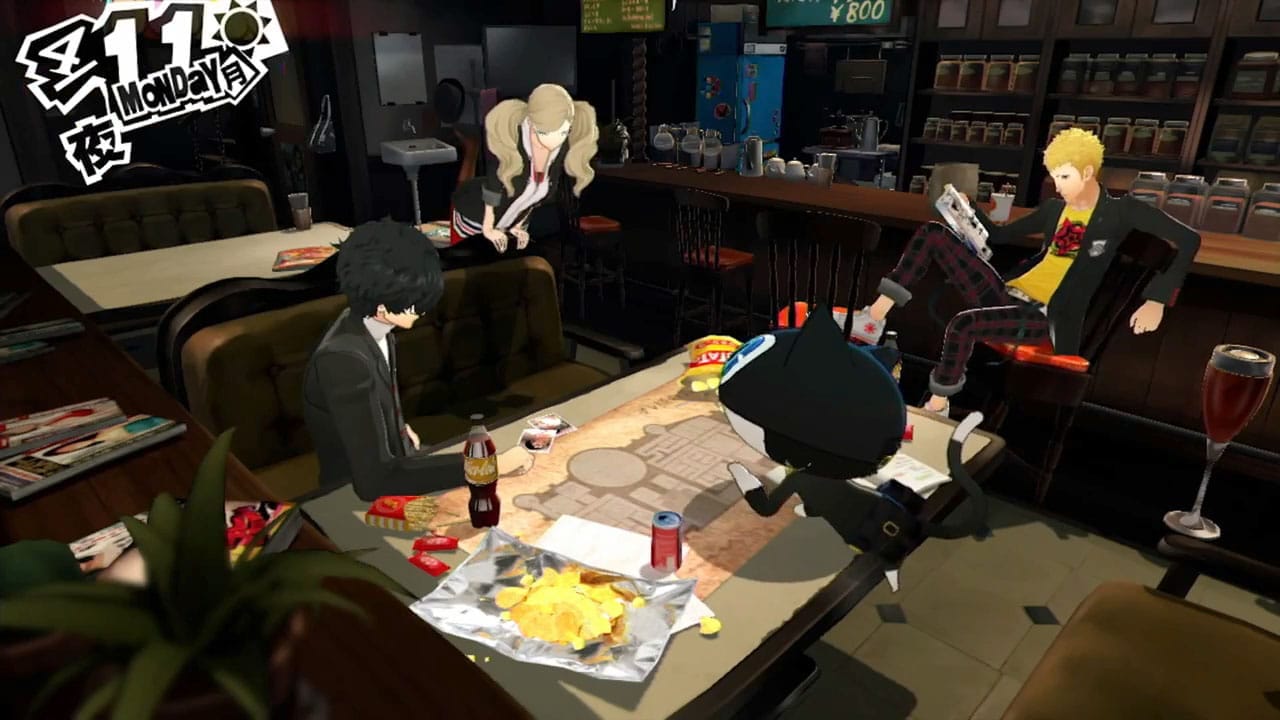
Persona 5’s stealth system is relatively simple, although there are layers of complexity built on top of the simple framework. You can hide around ledges, corners, or other things that may provide cover for you. You can run between cover with a quick button press, and while in cover you won’t be spotted and can easily ambush enemies and get the drop on them.
This works as an easy to learn system pretty well, but there are a few tricks the game has up its sleeve that it attempts to use to add depth. First is an alertness meter that goes up when spotted by foes, and down when you win against other foes, or by the passage of days. As it goes up, there are more foes and more special treasure demons, and as it goes down it is easier to get past. There are some items that you can craft to help manipulate this, as well as visibility, but overall, as long as you don’t try to constantly get caught it doesn’t appear to have a big influence on things, at least on Normal difficulty.
When the system works, it gives you an exhilarating feeling of darting from place to place, infiltrating a palace and carefully taking out foes you have chosen. Sadly, it doesn’t always quite work that way. The controls in the first place are a bit finicky with them shifting positions sometimes when you don’t want to, or having troubles lining up at the spot you want to go to. It’s not terrible, but it’s not particularly good and can be troublesome when trying to sneak around. There’s also an issue that can only be resolved logically with a new application of Descartes – I think I’m hidden, therefore I am.
Persona 5 though isn't only handcrafted stealthy dungeons. Comparable to Persona 3's Tartarus, the game also features a large procedurally generated dungeon area called Momentos. Split into various areas, it also takes some ideas from Persona 4 with the way that different sections have some different art style or themes. These levels are generally much smaller then Persona 3's dungeon floors, making many of them more like a little bite-sized segment. Sadly, as the game goes on, the length between sections gets longer, meaning that the dungeon crawling can get repetitive as it takes longer to get to stop points.
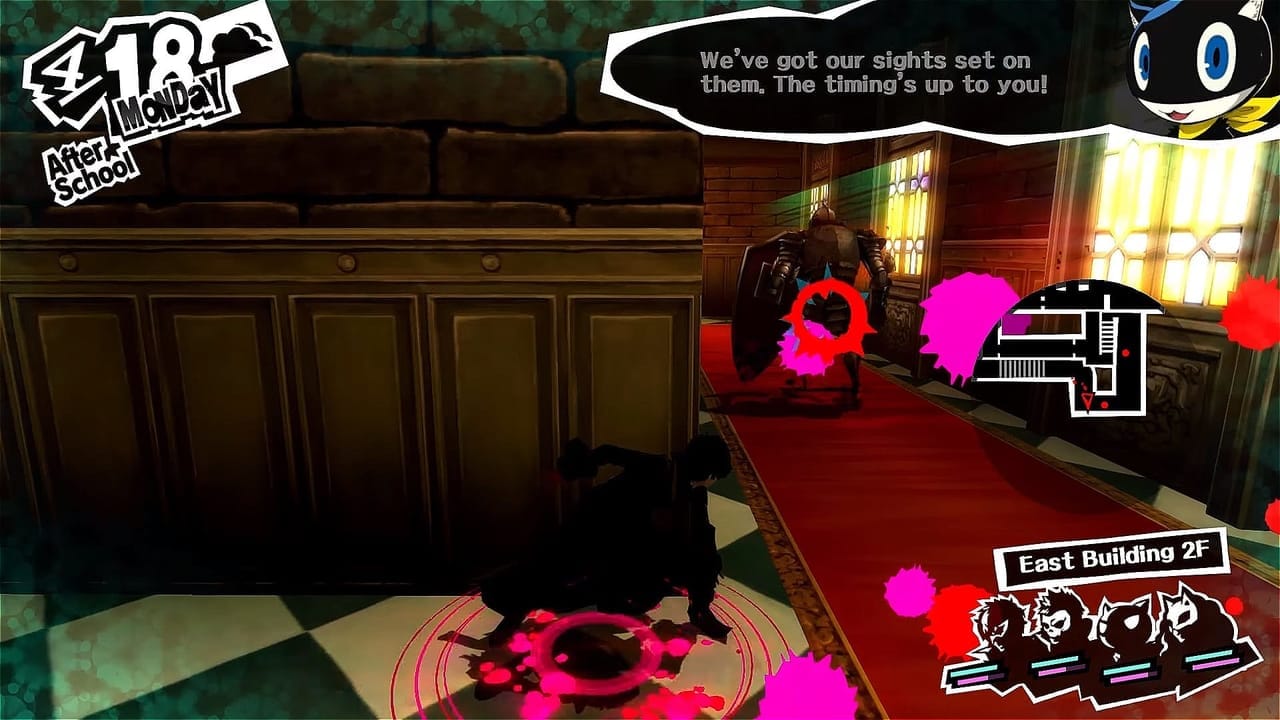
Beyond just more space between breaks, at this point, the combats in the area are getting more difficult typically, and the main dungeons (called Palaces), are also getting longer to get through. For difficult fights, in the main dungeons one can stealth around many of them unless they are bosses, but there is no stealth available in Momentos, meaning that the fights can get rid of your resources as it goes on quicker without feeling satisfying. One wishes that your method of transportation in there got a speed boost part way through the game or that the region lengths didn’t really get longer to help the sections in it not end up dragging as much towards the end game.
Demon negotiation has returned to the Persona line of games with Persona 5, helping along with guns and more elements bring it closer in some gameplay aspects to the mainline Shin Megami Tensei series. This helps create some tension as to negotiate you have to give up opportunities for a powerful All-Out Attack and you need to pay attention to what they are saying to respond appropriately. The negotiation also puts you more in charge of what demons you get and makes use of the fact that Momentos lets you choose effectively level ranges to go to so that you can find the Demons you want for either demon fusion or particular skills. The fusion system has been further expanded with new ways to fuse with personas creating some more opportunities to experiment, especially with momentos providing a large supply of shadows to capture.
As we’ve gotten through all this, I would be remiss not to mention Persona 5’s striking art style and aesthetic. As mentioned earlier, the thematic color of Persona 5 is a bloody red, and that is often used along with stark black and white to create a lot of pop in the images. The game is incredibly stylish in general visually, and even in the user interface, a rare occurrence where that is not a bad thing. Indeed, Persona 5’s UI is easily usable while being undeniably cool. This isn’t a case of perfect realism, but of fantastic art direction realized excellently and complimented by some wonderful music.
What it all comes together to create is an absolutely wonderful experience and a game that will help define a generation. Persona 5 walks between the 7th and 8th generations of consoles but sets a path forward showing ideas and concepts to use for many. From the various world segments that are used, the rich cast of characters, and the general presentation, there are many things here that other games can learn from.
If you haven’t yet played it or were waiting on the fence about it, I strongly recommend you go out and play Persona 5 if you have the least bit of interest in RPGs, or just good games in general and have either a PlayStation 3 or PlayStation 4.
Persona 5 was reviewed on the PlayStation 4 with a copy provided by the developer. The reviewer apologizes for the excessively long delay in this publication, citing only that he has had a rough year with shadows of his own.
Review Summary
Persona 5 manages to combine style and substance with the most refined gameplay the series has seen, with some smart writing that doesn't quite always hit the mark
(Review Policy)Pros
- Great Art Aesthetic
- Quick, Tactical Turnbased Combat
- Strong Cast of Secondary Characters
Cons
- Overly Obvious Twists
- Momentos That Drag On
- Hidden Character Progression During Main Plot
Have a tip, or want to point out something we missed? Leave a Comment or e-mail us at tips@techraptor.net

